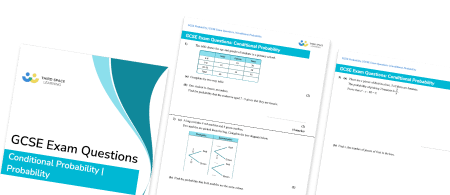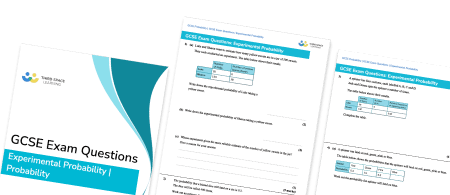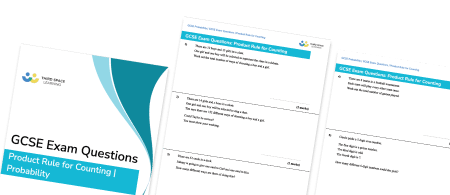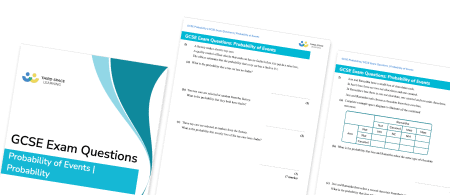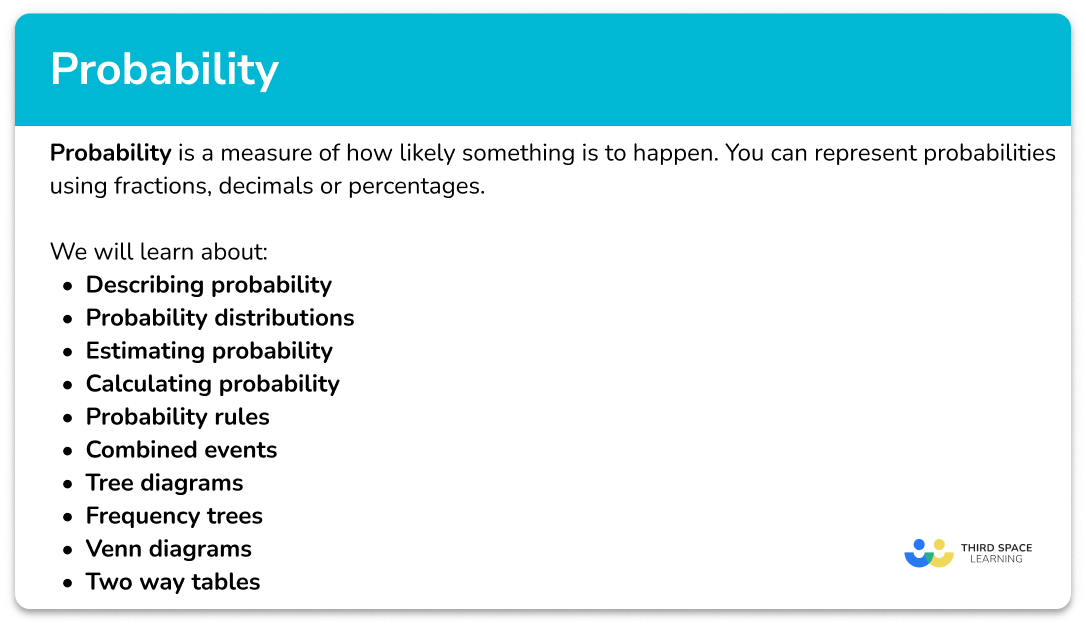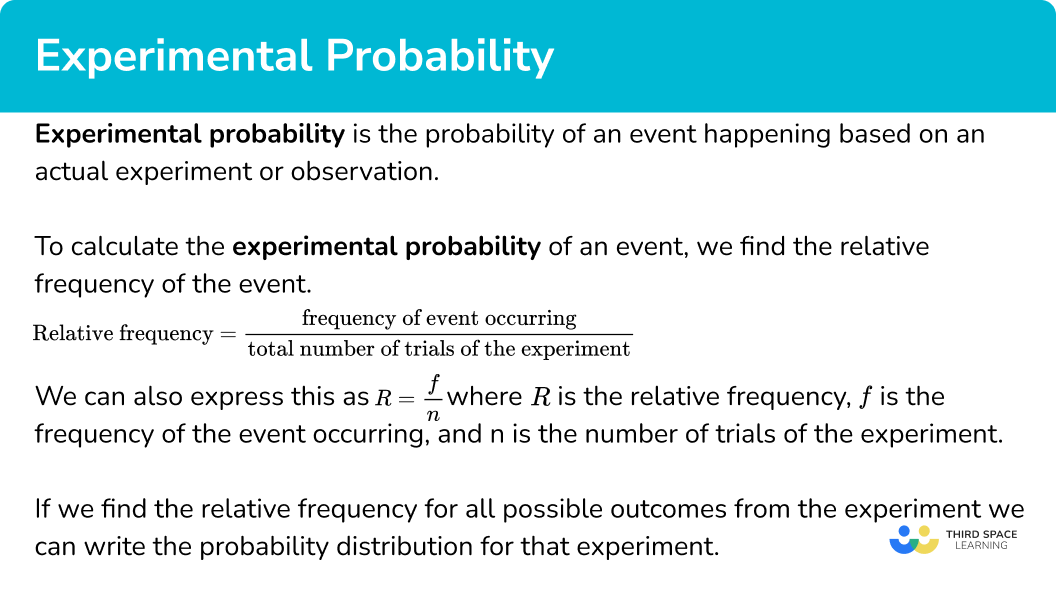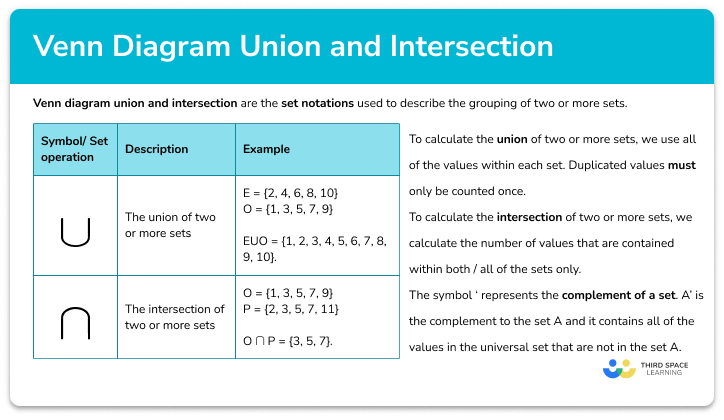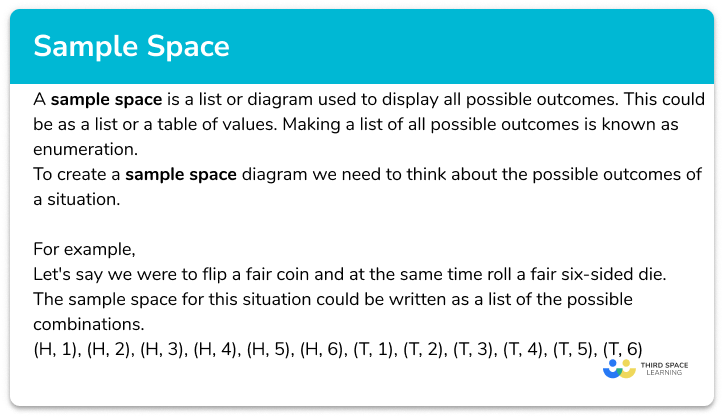FREE DOWNLOAD
Frequency Trees Worksheet

Help your students prepare for their Maths GCSE with this free frequency trees diagram worksheet of 25 questions and answers
- Section 1 of the frequency trees diagram worksheet contains 18 skills-based frequency trees diagram questions, in 3 groups to support differentiation
- Section 2 contains 4 applied frequency trees diagram questions with a mix of worded problems and deeper problem solving questions
- Section 3 contains 3 foundation and higher level GCSE exam style frequency trees diagram questions
- Answers and a mark scheme for all frequency trees diagram questions are provided
- Questions follow variation theory with plenty of opportunities for students to work independently at their own level
- All questions created by fully qualified expert secondary maths teachers
- Suitable for GCSE maths revision for AQA, OCR and Edexcel exam boards
Frequency trees diagram at a glance
Frequency trees are used to show how a group of objects can be broken down into different categories. Information from two way tables can be written into a frequency tree and vice versa. Frequency trees are useful as they are a form of systematic listing so we can see all of the possible combinations of the categories. Probability questions are common alongside frequency trees as we can calculate different probabilities from a frequency tree.
A frequency tree has a similar structure to a probability tree, however, the frequency of each branch is written at the end of the branch with the total frequency written on the far left of the diagram. The branches are labelled according to their subgroup.
Looking forward, students can then progress to additional probability worksheets, for example a Venn diagram worksheet or how to calculate probability worksheet.
For more teaching and learning support on probability our GCSE maths lessons provide step by step support for all GCSE maths concepts.
Do you have students who need additional support?

With Third Space Learning's secondary maths tutoring programmes, students in Year 7-11 receive regular one to one maths tutoring to address gaps, build confidence and boost progress.
"My confidence in the tutoring is high. We've had some phenomenal results. I even had one girl get a Grade 8 this year; she came to every tutoring session."
Stacey Atkins, Maths Director, Outwood Grange Academies Trust

